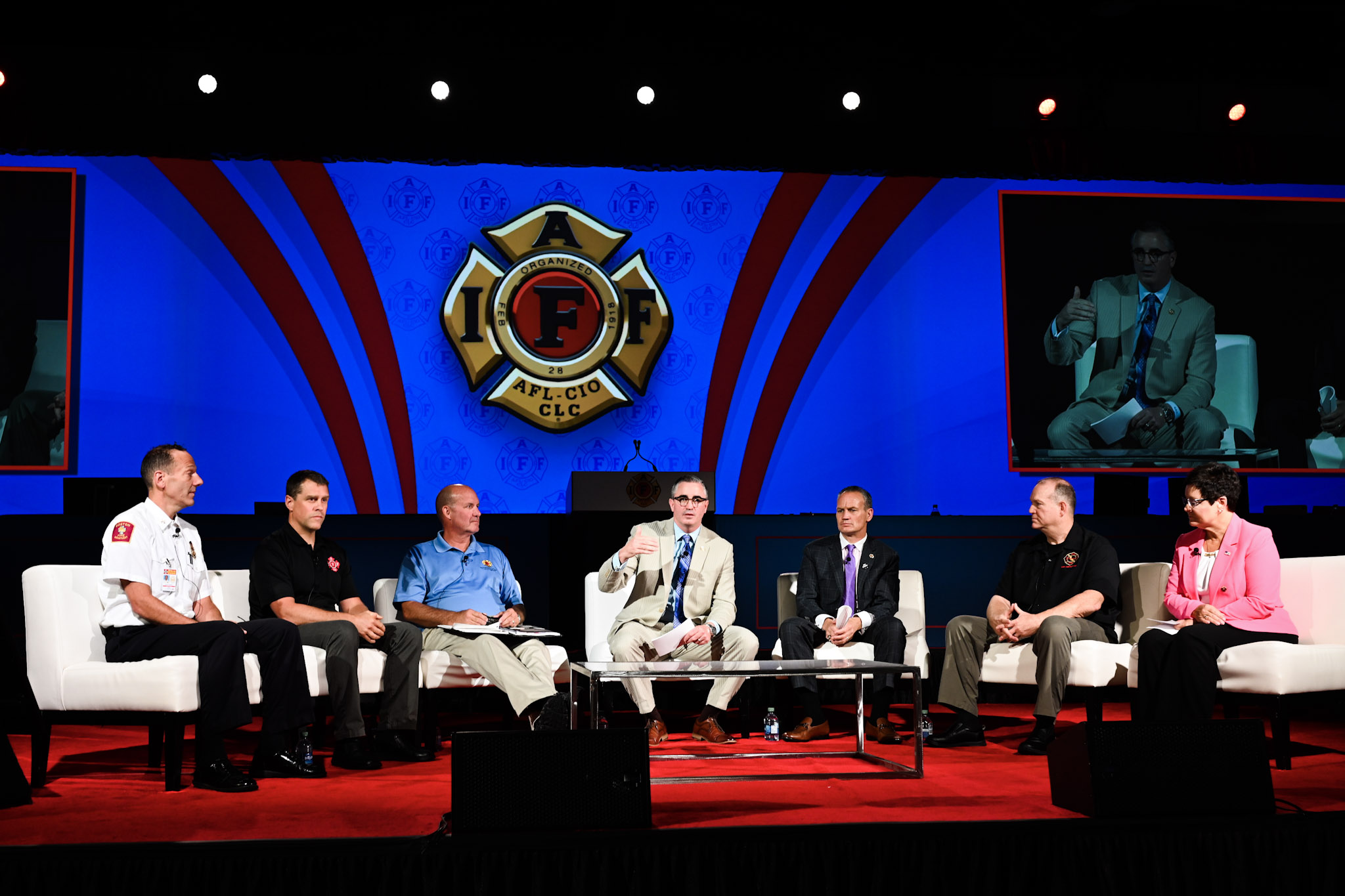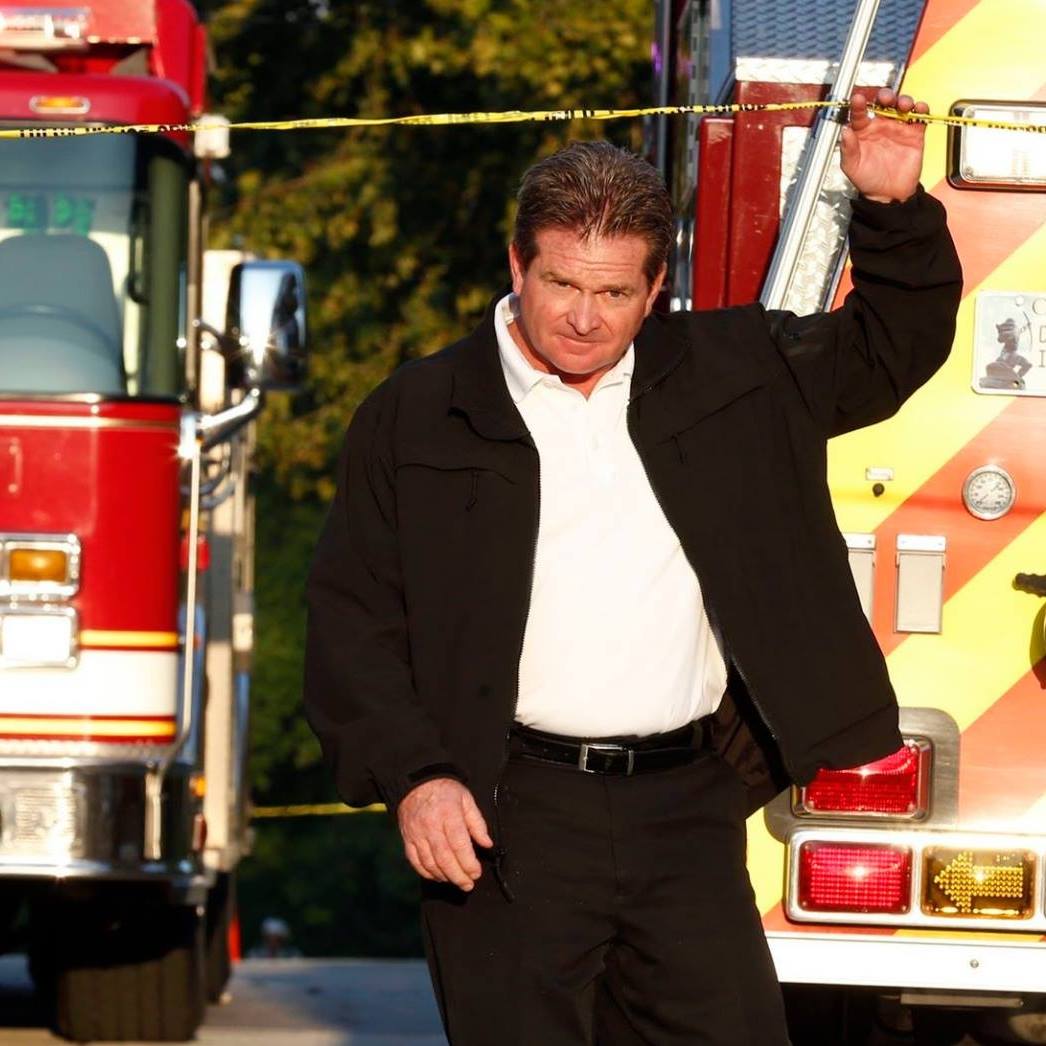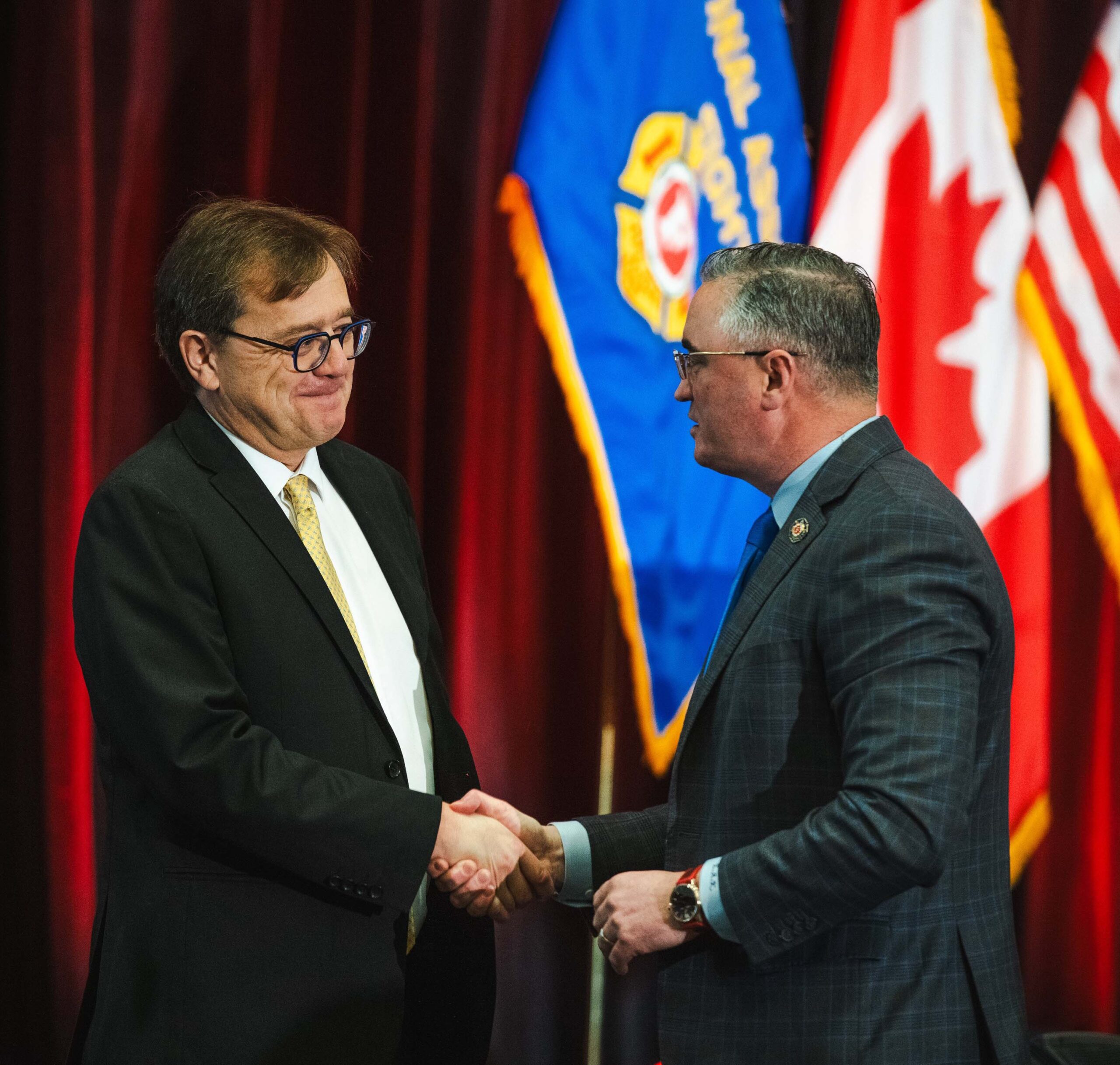
Due to the heat and longstanding drought conditions, wildfires start earlier and grow bigger in California every year. As such, all of the state’s fire fighters have some level of wildfire training.
“Our problem is that we don’t have enough resources to properly respond to these fires,” said CAL FIRE Local 2881 President Tim Edwards, a 30-year veteran fire fighter. “We have been fighting for years to bring up staffing levels, but we are not there yet. Sometimes we must bring in out-of-state resources, but the issue with that is that those fire fighters may not have the same training or use the same terminology. This creates a disconnect and hinders operations.”
Many structural fire fighters have little or no training on managing wildfires.
Wahlen, a Boston Battalion Chief, explained that in large urban areas like Boston you don’t expect to fight a wildfire. But in May 2022, the Boston Fire Department was among the departments to deploy fire fighters to a wildfire in the Blue Hills, just south of the city.
“We didn’t know what level of bunker gear we should be wearing to stay protected or the best way to attack the fire,” said Wahlen. “Without the proper training, we just had to do our best to figure it out as we went.”
For the last two decades, wildfires have become increasingly “the norm” in Texas. The year 2011 was particularly brutal due to drought conditions and strong winds fueling the fires.
“It is a very painful experience to watch a community you know burn down because you thought you knew what you were doing, but you didn’t,” said Denzer. “I knew we needed training, but there was none which was geared toward structure fire fighters fighting fires in the interface. So, I agreed to work with the IAFF to create that type of training.”
Denzer and IAFF Headquarters staff first looked at existing training to see which pieces might be applicable to structural fire fighters responding to the interface. Then, they thought about how to train these fire fighters to effectively operate in the interface using their departments’ existing equipment.
The result was the development of the IAFF Responding to the Interface (RTI) training program. It has since been beta tested and is now available.
Brise is one of the program’s instructors.
“In Canada, we know that fire fighters responding to these fires are not necessarily going to be IAFF members. All Canadian fire fighters need this training,” said Brise. “I spoke with IAFF 6th District Vice President Mike Carter who decided to make the need for this training a federal lobbying issue.”
Lobbying efforts were successful. The Canadian government earmarked $37.9 million of its budget in April 2022 to wildland firefighting response, $600,000 of which will be specifically used for the IAFF RTI training.
After General President Kelly spoke personally with President Joe Biden about the need for RTI training, federal funding is expected to be available soon in the U.S.“
Funding is being discussed seriously and is expected to be included within the federal infrastructure budget,” said Dr. Moore-Merrell, who spent 26 years as a senior member of the IAFF Headquarters staff. “As more and more people build their homes in the interface, fire will be increasingly possible. That is one of the many reasons this training is so critical and why we need to secure the funding to do it.”
More information about IAFF training and wildland fires can be found here.



